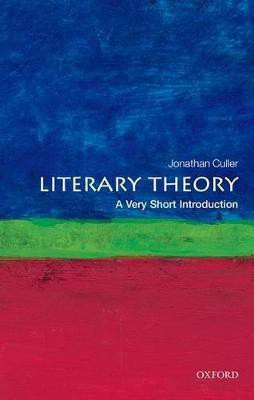
The Syntax of Volitives in Biblical Hebrew and Amarna Canaanite Prose (English, Hardcover, Dallaire Helene M.)
Share
The Syntax of Volitives in Biblical Hebrew and Amarna Canaanite Prose (English, Hardcover, Dallaire Helene M.)
Be the first to Review this product
Special price
₹2,850
₹3,800
25% off
Coupons for you
T&C
Available offers
T&C
T&C
T&C
Delivery
Check
Enter pincode
Delivery by6 Aug, Wednesday
?
View Details
Highlights
- Language: English
- Binding: Hardcover
- Publisher: Pennsylvania State University Press
- Genre: Language Arts & Disciplines
- ISBN: 9781575063072, 9781575063072
- Pages: 264
Services
- Cash on Delivery available?
Seller
Description
During the past century, numerous books and articles have appeared on the verbal system of Semitic languages. Thanks to the discovery of Ugaritic texts, Akkadian tablets, Canaanite letters found at Tell el-Amarna in Egypt, Hebrew and Aramaic inscriptions, and the Dead Sea Scrolls, our understanding of the phonology, morphology, and syntax of the Semitic languages has increased substantially. Dallaire focuses primarily on prose texts in Biblical Hebrew and Amarna Canaanite in which the verbal system (morphemes, syntax) expresses nuances of wishes, desires, requests, and commands. According to her, volitional concepts are found in every language and are expressed through verbal morphemes, syntagmas, intonation, syntax, and other linguistic means. The Syntax of Volitives in Biblical Hebrew and Amarna Canaanite Prose attempts to answer the following questions: Do volitives function in a similar way in Biblical Hebrew and Amarna Canaanite? Where and why is there overlap in morphology and syntax between these two languages? What morphological and syntactical differences exist between the volitional expressions of the languages? In attempting to answer these questions, the author bears in mind the fact that, within each of these two languages, scribes from different areas used specific dialectal and scribal traditions (for example, northern versus southern, peripheral versus central).
Read More
Specifications
Book Details
| Imprint |
|
Dimensions
| Width |
|
| Height |
|
| Length |
|
| Weight |
|
Be the first to ask about this product
Safe and Secure Payments.Easy returns.100% Authentic products.
Back to top




